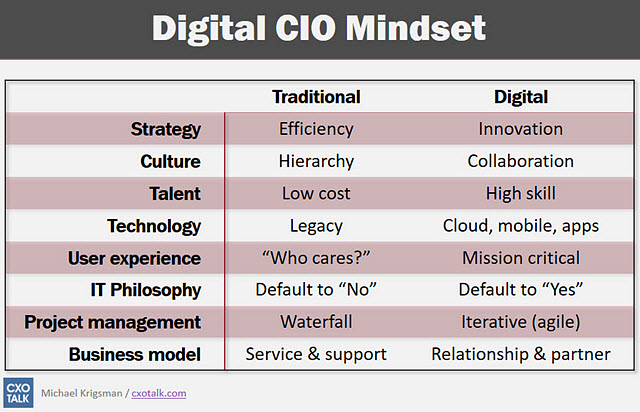At the root of digital transformation is change. Businesses who undergo the digital transformation process do more than just change from using paper and pen to online ordering. To truly transform, businesses need to undergo a fundamental technological and cultural change.
This article cover 3 reasons why you should embrace digital transformation.
“Progress is impossible without change, and those who cannot change their minds cannot change anything.” ~George Bernard Shaw

Change is hard. It gets you out of your comfort zone. And it’s called a comfort zone for a reason. When you are in this zone, you tend to feel a sense of security. The Dictionary defines the word comfort as “a state of physical ease and freedom from pain or constraint.” And why would you want to leave that state?
But change also can be good. Where would we be if no one invented the steam engine, contributing to the industrial revolution? Or the light bulb which enabled people to be productive outside the sunlit hours? Among them is that change helps you grow, teaches you to be flexible and offers opportunities.
Why Should My Business Undergo a Digital Transformation?
CIOs who embrace digital transformation look at the world differently than the traditional CIO mindset. This chart from Rigor shows the stark contrast between the traditional mindset and digital mindset.

As you can see, a cultural change is vital to achieving a true transformation as is a fundamental change. So why embrace it?
Reason #1: Reduce Operational Expenses
We touched on this in this blog on the benefits of Digital Transformation but it bears repeating. Businesses that want to remain competitive need to look beyond just cutting costs, and specifically just IT costs. Gartner Vice President Barbara Gomolski states in this article, “Simply cutting the IT budget and taking an approach of waiting until the economic environment is more favorable to make digital investments isn’t viable.” She goes on to say, “That approach limits your ability to create revenue-generating opportunities when you probably need them the most.”
Ms. Gomolski also points to the 4% challenge, and that “IT costs represent a small fraction – 4% – of business costs.” The real benefit in the reduction of operational expenses in the realm of business transformation is in the cultural change that occurs as a result of improved systems and processes across the entire organization, not just IT. These process improvements lead to an overall more efficient way of doing business, which then leads to a reduction in overall operational expenses.
Reason #2: Enhance Customer Experience
Brian Rashid, contributor to Forbes Magazine, states that “lowering operational costs and enhancing customer experience is the core of Digital Transformation.” And his statement is backed up by research from the White House Office of Consumer Affairs. The study found that “80% of consumers would pay more for a product or service to ensure a superior customer experience.”
Enhanced customer experience leads to improved customer satisfaction. Improved customer satisfaction leads to increased sales. Increased sales lead to more revenue. This blog by Client Heartbeat on “Why Customer Experience is Important” states that the focus “on creating amazing customer experiences and embodying the desire for your team to go ‘above and beyond,’ you have the opportunity to create an enthusiastic advocate out of every customer.” An enthusiastic advocate creates organic referrals and in the same blog states that referred leads are faster to close and less demanding customers.
Reason #3: Increased Innovation
Now, more than ever, customers are driving business decisions. The reason is that consumers have more control over how, when and where they buy. Increasingly digital culture is demanding digital options when making their purchase decisions. Across the globe, online shopping has grown from $1,316 Trillion in 2014 to $2,197 Trillion in 2017.

Infographic by- Invesp Consulting
24 years ago when Amazon launched their online buying service, who could have foreseen the substantial effect it would have on consumers buying habits. An article published in Money Magazine in late 1994 discussed the rise in buyers shopping from home when 98 million consumers purchased $60 billion dollars worth of products. Brick and mortar storefronts are struggling to keep up with the increasing digital demand and if they fail to innovate are likely to move to the pages of the history books. Consumers are increasingly demanding innovation in products, services and even in how they purchase those products and services. This, if nothing else, is why organizations need to embrace digital transformation.
Digital Transformation and Desktop-as-a-Service (DaaS)
There are many paths a business can take towards true digital transformation, and which path you embark on depends on many different factors. Business culture, model, and even location can affect how businesses effectively work towards transformation. Desktop-as-a-Service or DaaS is just the beginning. By helping businesses mobilize their work force and meet prospective customers when and where they are can be the competitive edge they need. Start on the path by speaking with a dinCloud specialist today.


